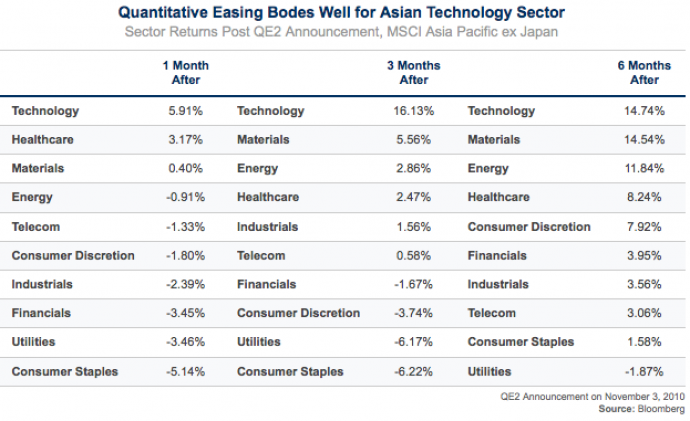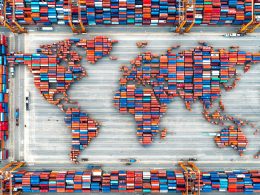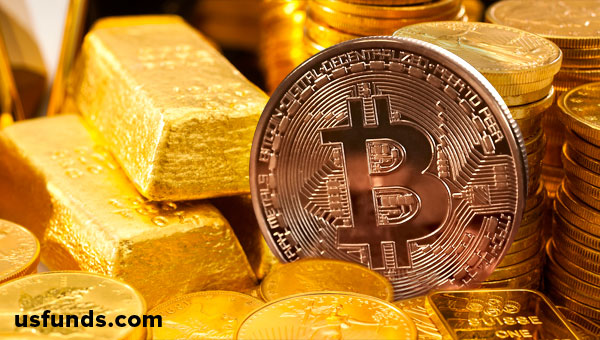Emerging Markets Radar (September 17, 2012)
Strengths
- New home sales, residential investments and housing starts in China all showed an encouraging recovery in August, registering 13 percent, 10 percent, and 5 percent year-over-year growth, respectively, as lower interest rates and policy relaxation for first-time home buyers continued to help housing transactions normalize.
- South Korea announced a $5.2 billion stimulus package aimed at reducing taxes on individual income and home and auto purchases as well as expanding social welfare programs. Combined with $7.5 billion introduced in June, cumulative government initiative for this year equals 1 percent of GDP. The country’s debt rating was upgraded one notch to A+ by S&P this week.
- Turkish Airlines' passenger numbers increased by 19 percent year-to-date in August. After a slowdown in July 2012 due to Ramadan, which negatively affected mainly Middle Eastern air traffic, the carrier again posted a strong increase in load factor, up 5.2 percent. Meanwhile, favorable passenger mix development continues as business class passenger count was up 45 percent year-to-date.
Weaknesses
- China’s industrial production growth in August came out lower than expected at 8.9 percent year-over-year, the first monthly pace below 9 percent since May 2009, as a slight stabilization in heavy industry output failed to offset a retreat in light industry. Deterioration in the metric with the highest historical correlation to GDP lowers the probability of a near-term growth recovery in China.
- China’s passenger car sales grew 11 percent year-over-year in August to a lower-than-estimated 1.22 million units, as dealer inventories remained higher than normal and consumers postponed purchases in anticipation of more price discounts. Total auto sales rose 8.3 percent to 1.5 million, as commercial vehicle sales stayed weak.
- China’s total imports declined by 2.6 percent year-over-year in August, the first year-over-year decline since October 2009 excluding seasonal distortions from the Chinese New Year, another indicator of feeble domestic demand and continued de-stocking.
Opportunities
- New EU banking union proposals are designed so that non-euro countries can join if they wish. Austrian bank regulators expressed their support for the new eastern members of the EU to join. Austrian banks are the biggest lenders in Southeastern Europe.
- Iraq’s central government and the Kurdish regional government struck a preliminary deal on Thursday on a months-long oil dispute that will see the autonomous region export 200,000 barrels of oil per day, officials said. Any resolution of the long standoff will help crystallize valuation of the energy companies with exploration projects in the area.
- The launch of the third round of quantitative easing (QE3) by the U.S. Fed brings new hope for emerging Asian markets in general. Based on the historical parallel of what happened to different equity sectors in the near term after the Fed’s formal announcement of QE2 in early November 2010, the technology sector in Asia tends to consistently outperform in this environment.
Threats
- A risk exists that policymakers in Asia may overreact to inflation prospects as a result of QE3-induced commodity price rallies and hot money inflows. The earliest sign was observed when Hong Kong’s monetary authority tightened mortgage lending immediately after the Fed’s QE3 announcement.
- According to the Turkish banking regulator bulletin, a large corporate loan on the banking sector’s balance sheet has gone bad. Next week, the list of banks that potentially have been hit by this default should be narrowed down.
- Moving counter to the global easing cycle, the Central Bank of Russia (CBR) decided to hike key interest rates by 25 basis points, with another hike now expected in the fourth quarter. The CBR elaborated on inflation risks and stated that headline inflation advanced to 6.3 percent, exceeding its target.












